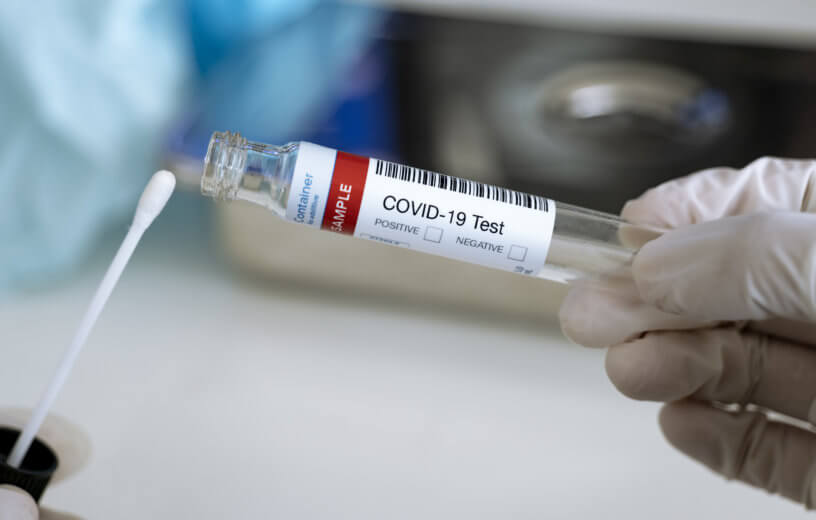STANFORD, Ca — Since the novel coronavirus first popped up in China almost half a year ago, medical officials have pushed the need for testing. It’s important to understand who is infected with COVID-19 and how long someone will test positive for the virus after being infected. Researchers from Stanford University School of Medicine now report that getting tested for the coronavirus can be done safely and easily from the comfort of your own home.
One of the big issues with coronavirus testing thus far has been the risk of the disease being spread through the testing process. When someone suspects they are infected and wants to get tested, they’re going to interact with several people throughout the process. That includes the healthcare worker administering the test and whoever they come across beforehand.
If coronavirus tests can be self-administered, people won’t need to travel to testing facilities and there won’t be any additional exposure risk. Healthcare workers examining the tests would also be at less risk. Lastly, if coronavirus tests can be self-administered in a safe way, then testing will rapidly expand since tests can be widely distributed.
“There is an urgent need to increase our testing capacity to slow the overall spread of the virus,” says senior author Dr. Yvonne Maldonado, a professor of pediatric infectious diseases and of health research and policy, in a press release. “A sample collection procedure that can safely and easily be performed by the patient in their own car or at home could reduce the exposure of health care workers and also allow many more people to submit samples for testing.”
Self-swabbing coronavirus tests: simple, accurate
The research team sent 30 people who had tested positive for the coronavirus a short animation and a one-page document describing how to use the swab to collect a sample. Then the participants went to a drive-through testing facility to get a self-swabbing kit and collected their own samples in their cars.
Additional samples were collected from the participants for control purposes, but the authors report that all participants were able to safely and reliably conduct their own tests.
Researchers analyzed the results of the tests to see if the results matched their own tests, as well as if they matched the original tests the participants took. They also looked at the time between testing and when patients first showed symptoms.
Results of the analyses show that all the tests of 29 out of 30 patients completely lined up — 11 were positive and 18 were negative. The last patient tested positive using the self-swab kit, but tested negative from the tests the research team took.
When researchers analyzed the time between testing and when symptoms began, they found that patients were more likely to test positive the sooner they get tested. Seven out of 12 people who were tested within two weeks of showing symptoms tested positive, while only two of 11 people tested after two weeks from first symptoms tested positive. The authors say they did not have symptom information for the other 7 participants.
“It is critical for us to understand how long an infected person may remain infectious and what the pattern of transmission might be within their household,” says Maldonado. “This information would help public health workers craft guidelines as to how long a person with COVID-19 should remain quarantined and when it is likely to be safe to interact again with family members and co-workers. Understanding the timeline of viral shedding will be particularly important for previously infected health care workers who are needed to care for other COVID-19 patients.”
The study is published in the Journal of the American Medical Association.
Like studies? Follow us on Facebook!
